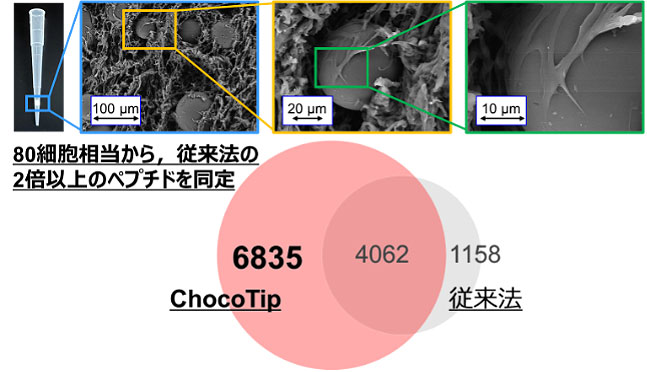2024-12-18 スイス連邦工科大学ローザンヌ校 (EPFL)
◆このモデルは、患者から採取したリンパ腫組織の断片を特定の環境下で数日間生存させ、腫瘍の構造、細胞の多様性、微小環境を保持します。研究チームは27のヒトB細胞性リンパ腫サンプルを用いて、イメージング解析と空間的分子プロファイリングにより、リンフォモイドが元の腫瘍の表現型および分子的特徴を保持していることを確認しました。さらに、ブルトン型チロシンキナーゼ(BTK)阻害剤、PI3K阻害剤、BCL-2阻害剤などの抗がん剤に対する感受性をテストした結果、リンフォモイドの薬剤感受性は、元の患者の臨床反応と密接に一致しました。例えば、BTK阻害剤に反応した患者からのリンフォモイドは同様の感受性を示し、レナリドミドに耐性を示した患者からのリンフォモイドも同様の耐性を示しました。
◆これらの結果は、リンフォモイドが個々の患者の治療反応を予測する信頼性の高いツールとなり得ることを示唆しています。将来的には、患者の組織サンプルを用いて最適な治療法を特定し、不要な治療や副作用を避けることが可能になるかもしれません。また、リンフォモイドは新たな抗がん治療法の臨床試験や、治療中の腫瘍細胞と免疫細胞の複雑な相互作用の研究にも利用できる可能性があります。
<関連情報>
- https://actu.epfl.ch/news/new-cancer-models-could-help-personalize-lymphoma-/
- https://www.nature.com/articles/s41467-024-55098-w
リンパ腫治療スクリーニングのための腫瘍構造を保存した患者由来リンパモイドの開発 Development of patient-derived lymphomoids with preserved tumor architecture for lymphoma therapy screening
Albert Santamaria-Martínez,Justine Epiney,Divyanshu Srivastava,Daniele Tavernari,Marco Varrone,Dina Milowich,Igor Letovanec,Thorsten Krueger,Rafael Duran,Giovanni Ciriello,Anne Cairoli & Elisa Oricchio
Nature Communications Published:09 December 2024
DOI:https://doi.org/10.1038/s41467-024-55098-w

Abstract
The efficacy of anti-cancer therapies depends on the genomic composition of the tumor, its microenvironment, spatial organization, and intra-tumor heterogeneity. B-cell lymphomas are a heterogeneous group of tumors emerging from B-cells at different stages of differentiation and exhibiting tumor-specific interactions with the tumor microenvironment. Thus, the effect of drug treatments can be influenced by the tumor composition and functional interactions among immune cells. Here, we develop a platform to maintain small fragments of human lymphoma tissue in culture for several days, and use them to test response to small molecules. We collect 27 patient samples representative of different lymphoma subtypes, and establish ex vivo tissue fragments that retain histological, cellular, and molecular characteristics of the original tissue, here referred to as lymphomoids. Using lymphomoids, we test sensitivity to several clinically approved drugs in parallel and examine tissue remodeling upon treatment. Moreover, when this information is available, we show that the effect of the inhibitors observed in lymphomoids is consistent with the patients’ response in the clinic. Thus, lymphomoids represent an innovative ex vivo model to assess the effect of anti-cancer therapies while preserving the tissue structure and its components.


